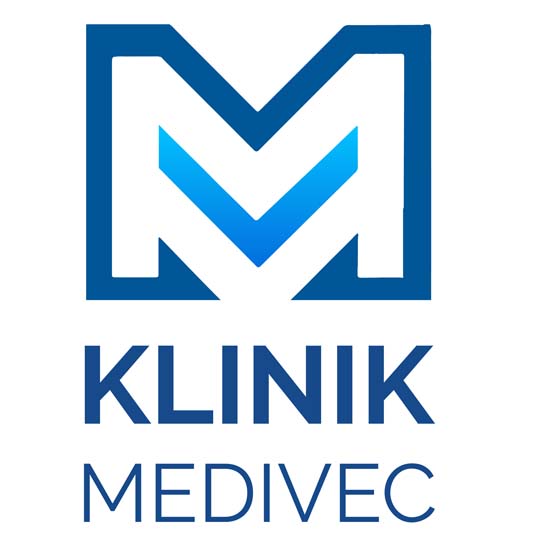
Are you looking to start your brand or business? With all the planning done, are you now looking at the actionable phase? Then you would know that the first step of order is designing a logo for your brand.
Without a logo, how would the audience recognize your brand?
And a lack of recognition certainly won’t do you any good. So now that you are aware of what you need, are you unsure of where to go?
Don’t worry, for we have got your back.
At SpiderIndia, we are experts in designing logos and setting brands apart. We know that logos aren’t just images but the company’s signature. It is through logos that consumers relate with the brand and it has the power to extract a resounding effect on the view of the company’s service. The logos used in the designs are part of the message communicated to the public.
Now that you have decided to design a logo and you know the people to approach for your logo needs, it’s time for a question.
Are you aware that there is a science behind designing a logo? If you shook your head in disapproval, I’m here to tell you you’re mistaken.
I mean what could be the science behind the art of logo designing, right? But let me tell you, you will be surprised. Don’t believe me? Understandable.
I know we need someone, something like a shred of evidence, to settle our dispute.
Drum roll… Here we go, “A moment of science please”.
The famous astrophysicist Niel de Grasse Tyson once said that –“The good thing about science is, whether you believe it or not, it is the truth”
In this article, we shall discuss 4 scientific facets of logo design and draw a compelling argument. Then I leave it to you to analyse the facts and evidence and arrive at a conclusion.
Is designing a logo that simple?
Your logo is often the first impression of your brand or business. People will associate and recognize your brand via your logo. Hence, you will need a logo that is distinguishable and versatile.
Logo designers would often suggest that the logo needs to be simple, relevant, memorable, timeless and versatile. But is that all there is to it?
Certainly not, so let’s delve right into it.
The scientific study of logo design has yielded us four concepts to conform to when creating a logo, such as attention, meaning, response, and memory. The ARMM pattern is an acronym to aid in remembering the four cognitive activities in good order. A is for Attention, R is for Response, M is for Meaning, and again, M is for Memory.
User Experience
Humans didn’t come into existence yesterday. We’ve been around for a long time, and we’ve evolved to capture the spot of the most evolved species on this blue planet. Humans have become so advanced that we are now looking to find life on other planets. Are we smart or are we simple crazy? Guess that is a question for another day.

Either you know it or you don’t, but the brain knows what to do, respond to and what to disregard.
Now this beautiful brain has evolved and responds to three kinds of stimuli. You could use them all to grab the most attention.

Novel Stimuli
Your logo needs to be distinctive. As humans, we respond to stimuli that we are unfamiliar with. Hence, your logo has to deviate from the norm. It’s got to be different, new and unacquainted.
Supernormal Stimuli
Take an aspect that produces an instinctive reaction and sensationalize it to amplify the response. What do you first notice when you look at another human being? Do you


Partially Obscure Stimuli
Objects that are incomplete in shape or obscured/hidden capture our attention. Hence by using such designs the logos become more attention-grabbing.
Response
We are all conditioned to respond differently to different kinds of stimuli. Have you ever heard of Pavlovian Dog? The dog that was conditioned to salivate.
Or do you live it vicariously through a movie you watch? Chances are you do. You’d scream, or you’d get an adrenaline surge, or you’d laugh, even though you know it’s all fiction. It’s not real! They’re acting out! Yet you find yourself responding to these stimuli.
Your brand has values, and your logo must evoke an acceptable emotional response from the observer. There are three basic types of responses.
Aggressive Dominant
In this logo design the elements that are known to elicit responses to angularity, vertical lines and asymmetry.


Friendly Submissive
These logo elements are known to evoke responses to round curves, horizontal lines and symmetry.
Neutral
The elements that elicit a neutral emotional response are squares and rectangles. They’re usually discouraged. If it is used, other logo aspects should be used to set some emotional tone.


Meaning
The first step is grabbing attention, followed by evoking a strong emotional response, and then the logo should aim to express its meaning. Attention and response work at the subconscious level in the brain, but meaning deals with the conscious level of the consumer
Memory
You come across so many logos and elements every day. There’s a plethora of content out there. So your brain is pretty clever when you have to decide on retaining information
Anything that sounds abstract and meaningless to your brain will be tossed right into the garbage. Now here are a few tricks that could be used to conquer this clever brain.
First letter

Feature Name

Concreteness effect
Concrete nouns are usually remembered more than abstract nouns. Concrete nouns — apple, chair, bed, shell, horse, cat, etc. Abstract nouns — quality, honesty, dignity, etc.


Isolation effect
It illustrates that if there are multiple similar objects, the one that deviates or stands out would be remembered.
Conclusion
Now that you know how every principle works, it is easier to comprehend the science behind the logo design. You no longer have to twiddle your thumbs and take whatever logo designers have to say. You now have the knowledge and liberty to assess your logo design and see how capable the design is based on the above mentioned psychological principles.
If you wish to learn more about logo design or want a logo designed for your brand, reach out to us at marketing@spiderindia.com or call us at call us at +91-44-42305023, 5337. Stop thinking, start calling.
